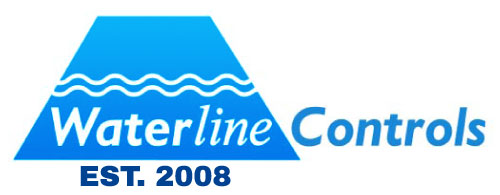How to Level An Above Ground Pool With Water In It
When you notice the water level is greater on one side of your pool than the other, your pool is not perfectly level. Read on to learn more.
An Inch?
Level ground is a must for all above ground pools. If it is not level, water will splash out. This will require the addition of water and impact the sidewall.
Two Or More Inches?
If the two sides are off by more than a couple of inches, it becomes a serious problem. The walls are made to support the weight of the water evenly. When one side is holding more than the other, Ii left that way, the wall will collapse.
Fixing The Issue
Fixing a pool with water in it is not easy. But we will show you how it can be done. You will need a shovel, filler, hose, and work gloves.
- You are going to be lifting the lower side of the pool, so you need to get rid of some of the weight. We recommend that you drain the pool until it’s only half full.
- When you installed the pool, you put leveling blocks under the slab. You’ll want to remove them from the lower side.
- Once you have removed the blocks, you will need to use your shovel to pry. Place the tip under the lip of the slab and push the handle down to lift it.
- While you are holding the slab up, have someone replace the leveling blocks underneath. They will be challenging to get in, so you’ll need a hammer to help.
- You will need to repeat this process for every set of leveling blocks on the lower side of the foundation.
- You should have a hole left where you lifted it. Fill it with soil. Water it down with a hose to make sure that it’s packed in there good. If it’s not packed tightly, the pool will shift, and you’ll have to do it all over again.
- Refill the pool to your desired level.
Source: https://pooljudge.com/how-to-level-an-above-ground-pool-with-water-in-it/
Never Replace Liquid Level Sensors Again with Waterline Controls™
Our level sensors and controls aren’t just for use in residential potable water holding tanks; some of the other applications include cooling towers, sump pumps, wastewater, boilers, water storage tanks, and building fire protection water tanks.

